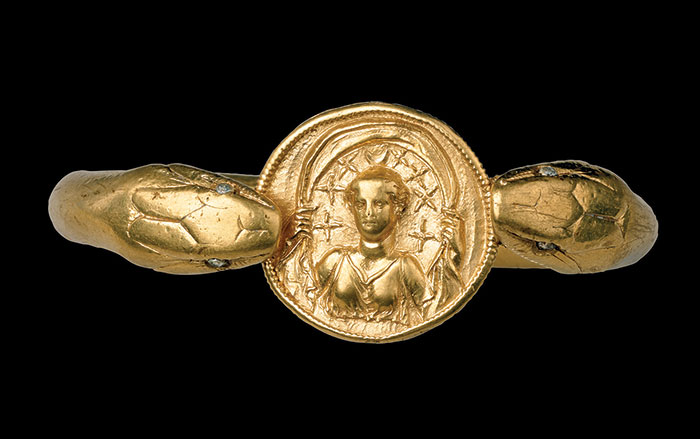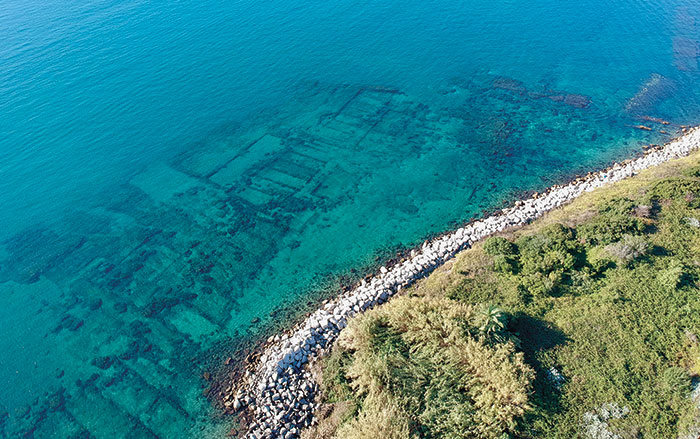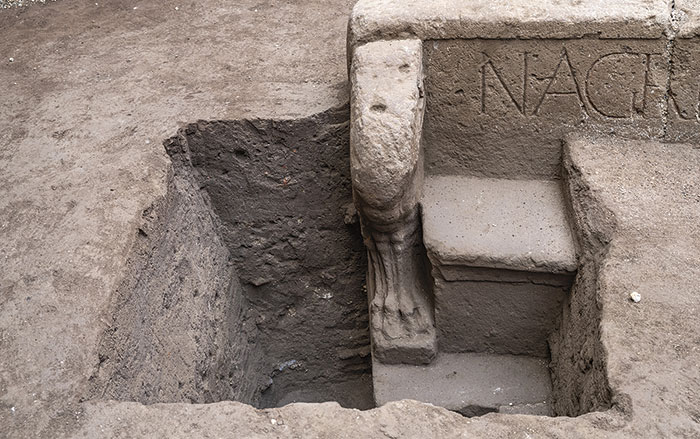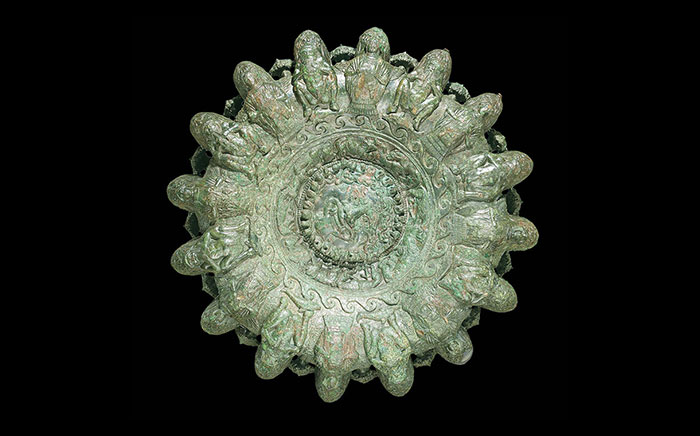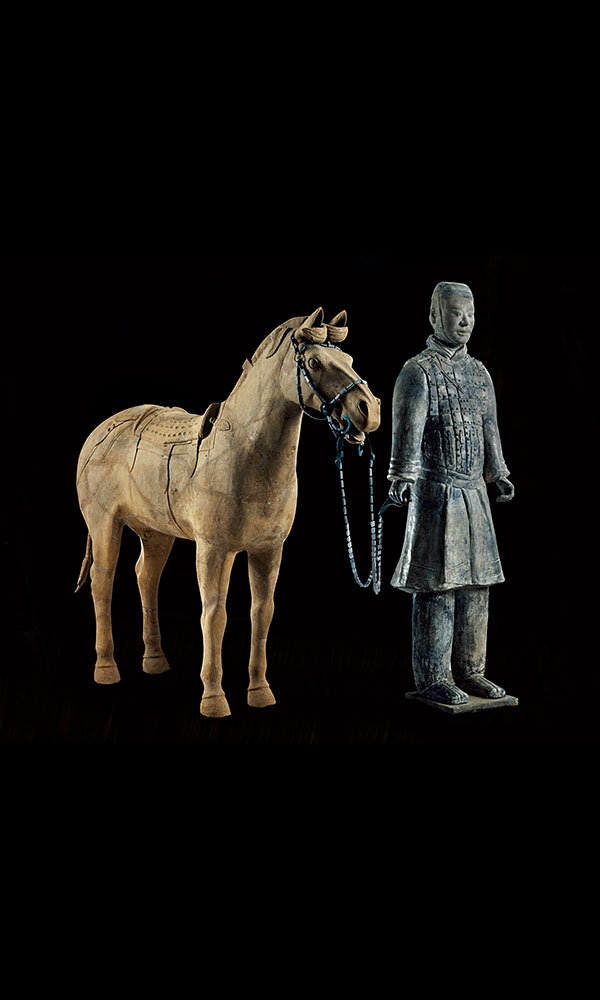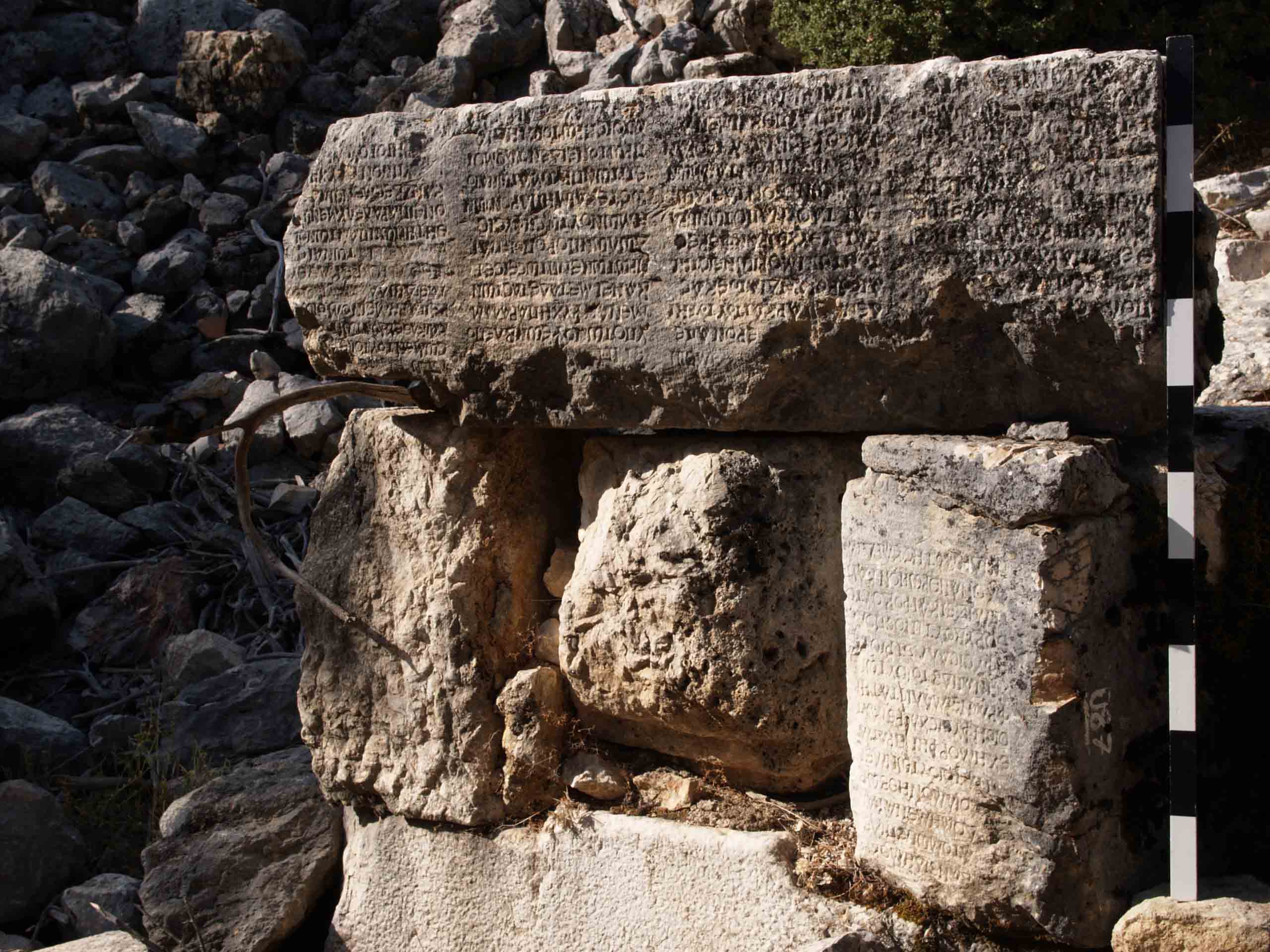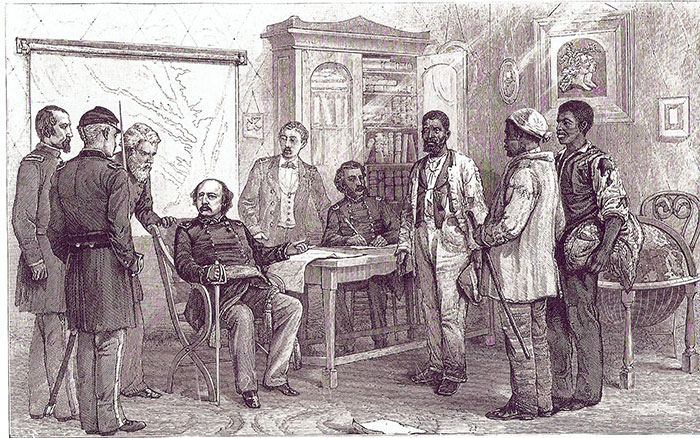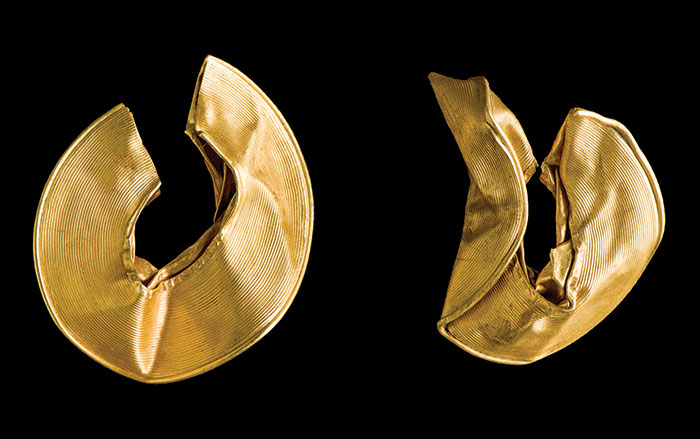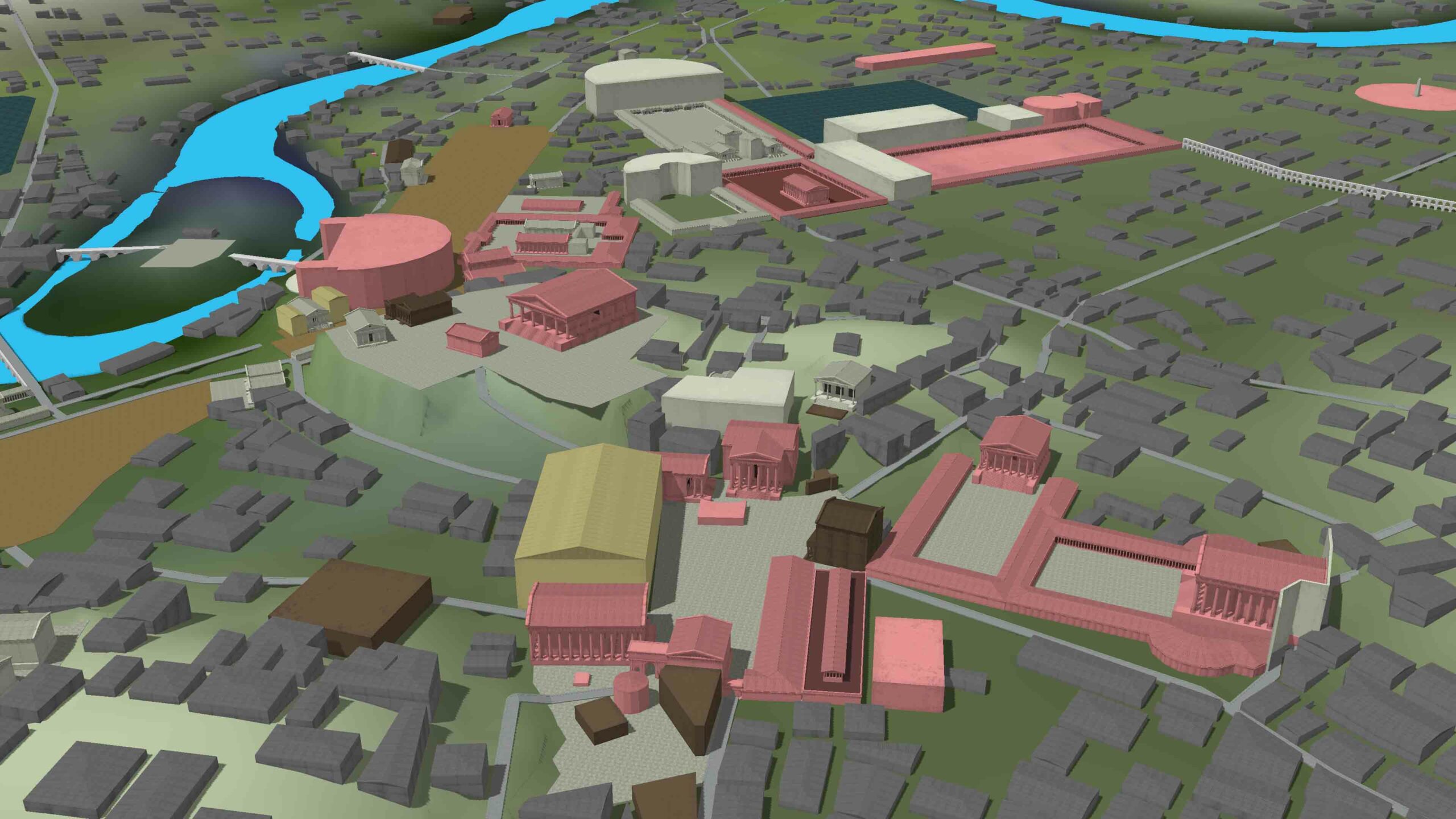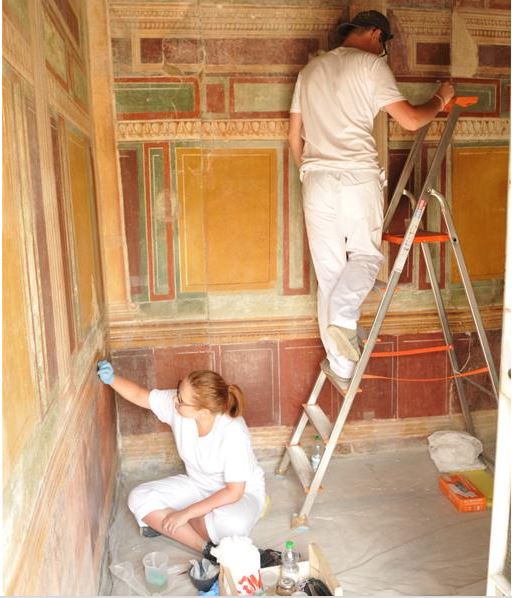
WARSAW, POLAND—Murals dating to the first century B.C. in Stabiae’s Villa Arianna were conserved by a team from the Ethnographic Archaeological Monuments Conservation Laboratory of the Academy of Fine Arts in Warsaw. The wealthy town of Stabiae, like Pompeii and Herculaneum, was destroyed by the eruption of Mount Vesuvius in A.D. 79. The conservators, working as part of the Restoring Ancient Stabiae Foundation and the Soprintendenza Speciale per I Beni Archeologici di Pompei, Ercolano e Stabia, removed layers of dirt and materials added during previous restoration projects from the wall paintings, which resemble marble cladding and architectural elements including columns, pilasters, and decorated cornices. “With our treatments, the rooms earlier closed because of the bad state of preservation of the frescoes, have now been made available to the public,” team member Krzysztof Chmielewski told Science & Scholarship in Poland. To read in-depth about a similar effort, go to "Saving the Villa of the Mysteries."


